Table of Contents
Jalapeño Heat Scale Range
Jalapeño peppers measure 2,500 to 8,000 Scoville Heat Units (SHUs), placing them in the mild-to-medium category. This range is critical for cooks to select appropriate peppers for recipes without unexpected heat intensity. The Scoville scale objectively measures capsaicin concentration, the compound responsible for spicy sensation.
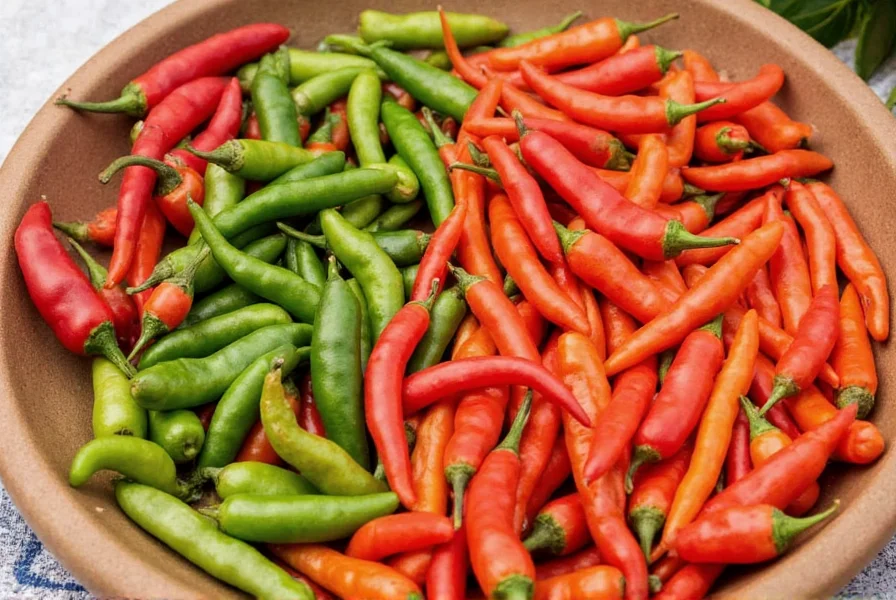
Scoville Scale Explained
Developed by Wilbur Scoville in 1912, the Scoville scale quantifies capsaicin concentration through dilution testing. Modern methods use high-performance liquid chromatography (HPLC) for precise measurement. Jalapeños consistently fall within 2,500-8,000 SHUs, though factors like ripeness (red jalapeños are hotter) and growing conditions affect individual peppers.
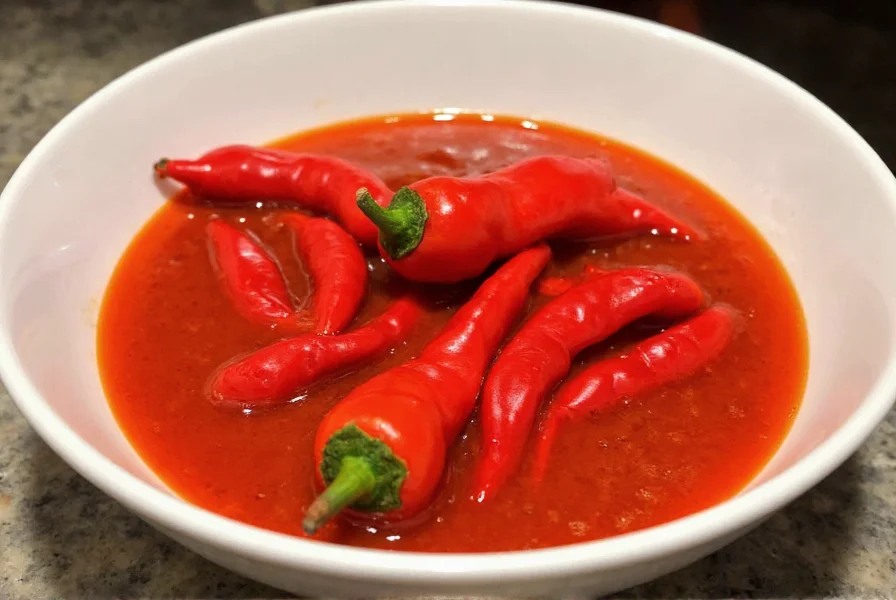
Pepper Heat Comparison
| Pepper Type | SHU Range |
|---|---|
| Jalapeño | 2,500 - 8,000 |
| Serrano | 10,000 - 23,000 |
| Tabasco | 30,000 - 50,000 |
| Habanero | 100,000 - 350,000 |
| Ghost Pepper | 850,000 - 1,041,427 |
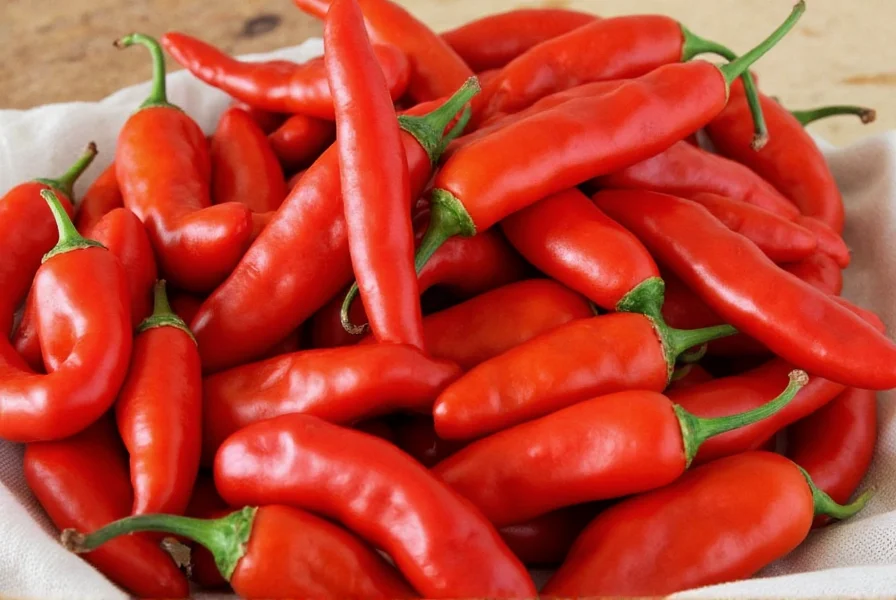
Practical Handling Tips
- Wear gloves when handling jalapeños to prevent capsaicin transfer to skin or eyes
- Remove seeds and white membranes for 30-50% heat reduction
- Soak sliced jalapeños in ice water for 30 minutes to reduce heat by 20-30%
- Pair with dairy (yogurt, sour cream) to neutralize burn via casein proteins
- Test heat level by tasting a small piece before adding to recipes
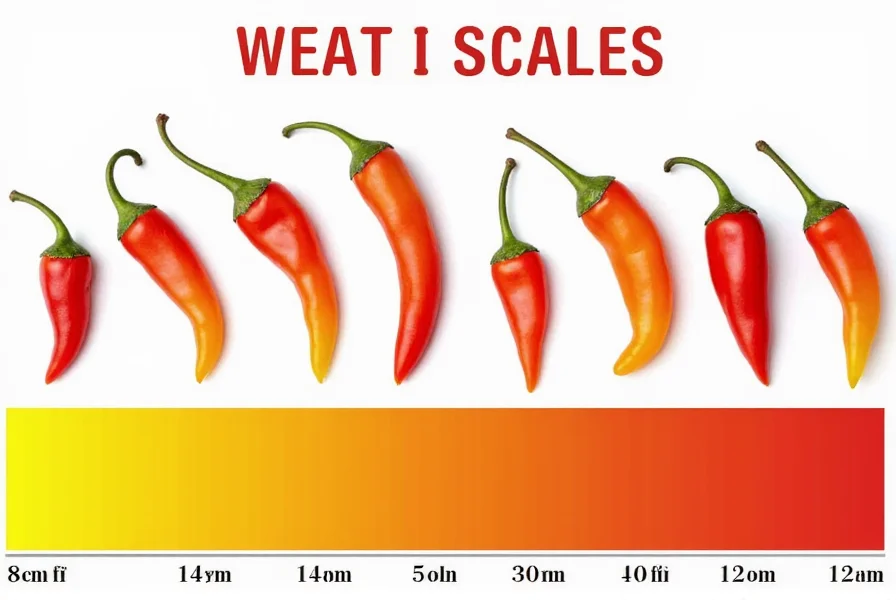
Jalapeño Buying Guide
Fresh Jalapeños
Features: Firm, glossy skin; vibrant green or red; no bruises
Best for: Salsas, stuffed peppers, grilling
Heat indicator: Smooth skin = milder; wrinkles = hotter
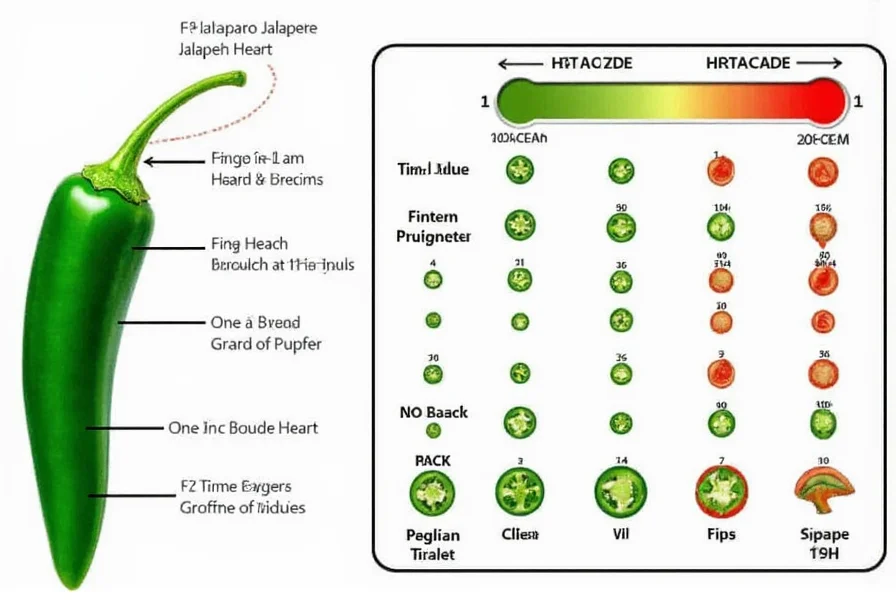
Canned Jalapeños
Features: Packed in brine; pre-sliced; consistent heat
Best for: Sandwiches, pizza toppings, quick sauces
Heat indicator: Check label for "mild" or "hot" variants
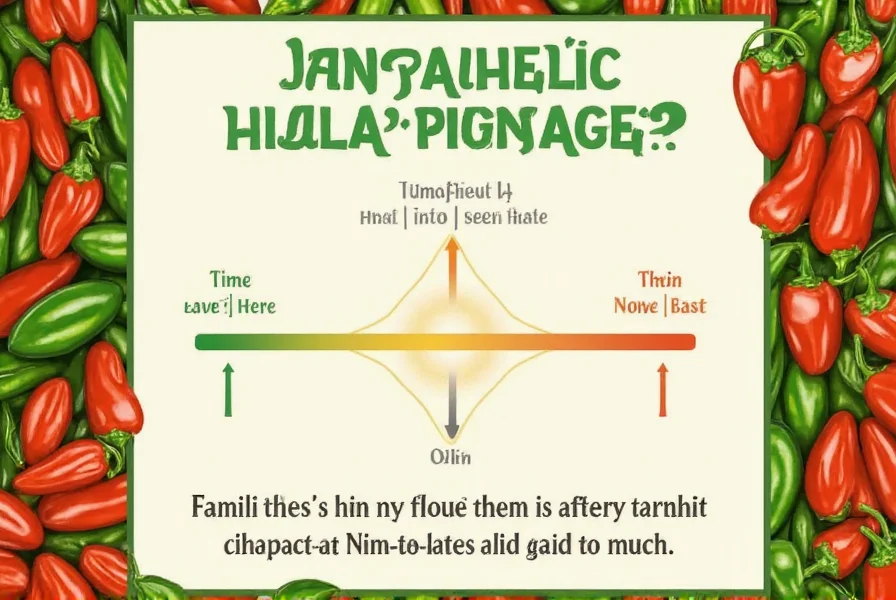
Pickled Jalapeños
Features: Tangy flavor; vinegar-based preservation
Best for: Cheese boards, burgers, appetizers
Heat indicator: Brine color indicates heat level (clear = milder)
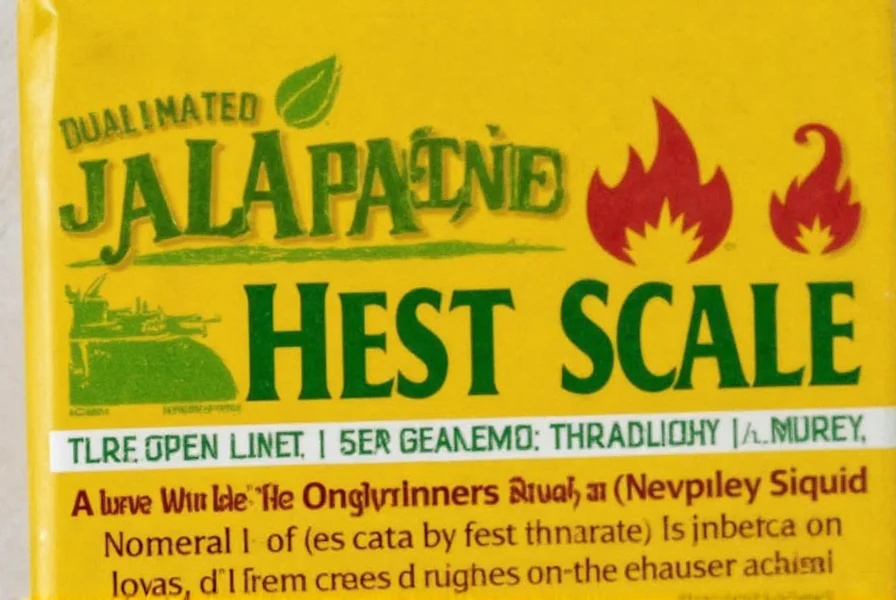
Frequently Asked Questions
What is the exact Scoville range for jalapeños?
Jalapeños measure 2,500 to 8,000 Scoville Heat Units (SHUs) according to USDA agricultural data. This places them between bell peppers (0 SHUs) and serrano peppers (10,000-23,000 SHUs).
Why do jalapeños vary in heat intensity?
Heat variation stems from ripeness (red jalapeños are 20-30% hotter), growing conditions (drought stress increases capsaicin), and genetics (varieties like "Gringo" are bred for mildness).
How can I reduce jalapeño heat in cooking?
Remove seeds and white membranes (where 80% of capsaicin concentrates), soak sliced peppers in ice water for 30 minutes, or pair with dairy products containing casein proteins that neutralize capsaicin.
What pepper is closest to jalapeño heat?
Serranos (10,000-23,000 SHUs) are hotter, while poblanos (1,000-2,000 SHUs) or Anaheim peppers (500-2,500 SHUs) offer milder alternatives. For similar flavor without heat, use bell peppers.
Does cooking affect jalapeño heat?
Yes. Roasting concentrates flavors but may intensify initial heat perception. Prolonged cooking (e.g., in stews) breaks down capsaicin over time, reducing overall spiciness. Quick sautéing preserves more heat than slow simmering.
Conclusion
Understanding the jalapeño heat scale (2,500-8,000 SHUs) empowers cooks to confidently select peppers for recipes. Remember: red jalapeños are hotter than green, and removing seeds/membranes significantly reduces heat. Always wear gloves when handling fresh jalapeños to prevent skin irritation. For precise heat control, refer to SHU comparisons and follow expert handling techniques.











 浙公网安备
33010002000092号
浙公网安备
33010002000092号 浙B2-20120091-4
浙B2-20120091-4